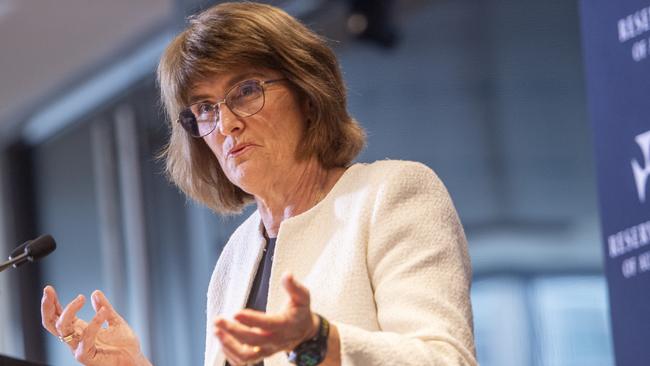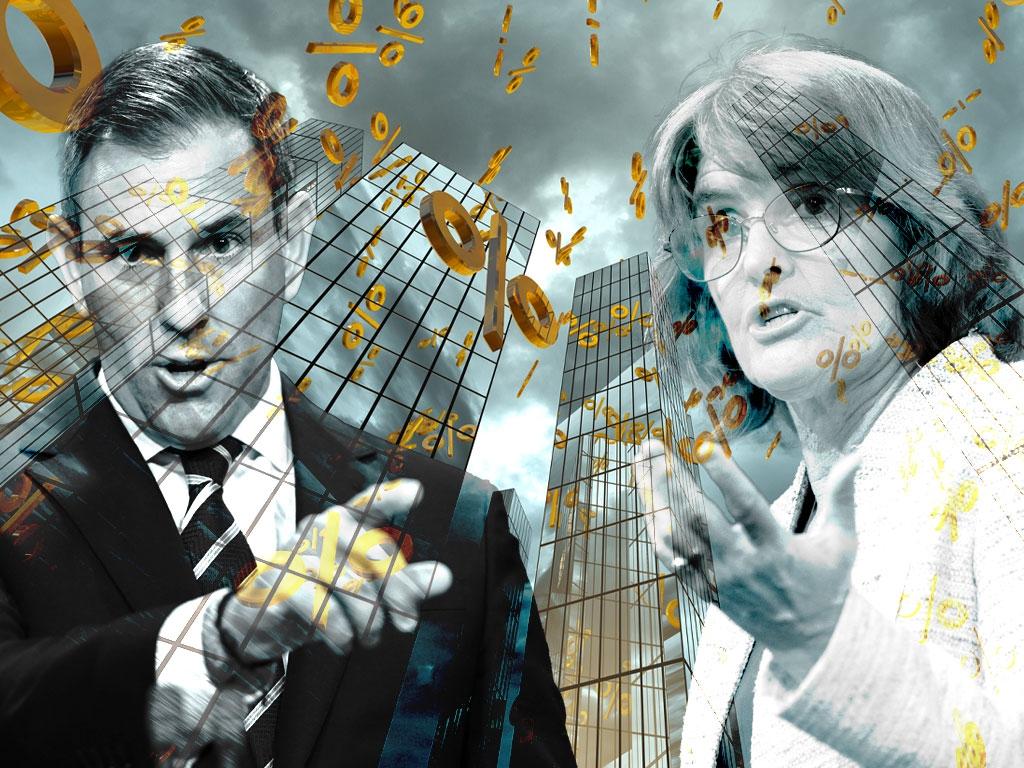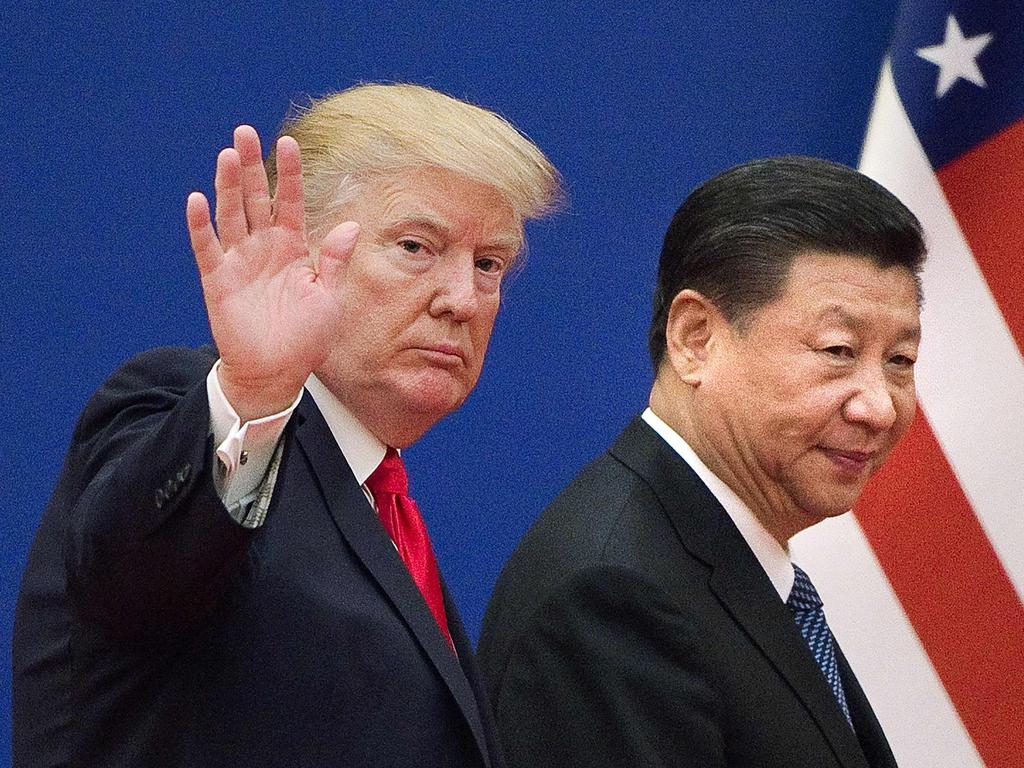With an election coming into view, the central bank strikes a different pose


For a group still committed to doing “what is necessary” to get inflation back to target, that’s come to mean holding on to the dragon’s tail for dear life and hoping that vigilance would eventually calm the beast.
Restrictive monetary policy has been doing its job, with the board saying inflation has fallen substantially from its peak two years ago and demand and supply are now closer to balance.
Time and data mean a new narrative is required and the board has obliged. How could it not?
It scrubbed previous holding lines, such as “the board is not ruling anything in or out”, and “that policy will need to be sufficiently restrictive”.
So, the new consensus is that if you’re not hiking rates, you must be cutting, which the money movers have declared is a “dovish” tilt.
In its statement, the board said it “is gaining some confidence that inflationary pressures are declining” in line with RBA forecasts, but risks and uncertainties abound.
Such as? The new normal of “geo” plus “political”. Incipient Arab Springs, Ukraine, Trump’s tariffs, China’s growth wobbles.
At her press conference, the RBA governor acknowledged that wage pressures had eased, output growth was weak and that the squeeze on household incomes had hurt spending on non-essentials.
But we haven’t yet slayed inflation, which Bullock pointed out was a cumulative 16 per cent over the past three years.
Prices won’t be returning to their previous levels and by the way, Merry Christmas everybody.
After last week’s national accounts showed the private economy was in dire trouble, more people are beginning to ask whether the RBA has fallen behind the play.
Not only organised Labor and Swanny from Queensland, but experts without a dog in the fight believe the central bank has kept rates too high for too long.
Eminent economist Jeff Borland argues that conditions in the labour market may soon be worse than they should be, if they are not already, and circumstances did not warrant the RBA keeping the cash rate at 4.35 per cent.
Bullock and her board have pushed back, insisting the labour market remains tight, with plenty of vacancies and people opting in to employment or looking for work.
We’ll get an official update on jobs on Thursday.
The next board meeting is 10 weeks away, so it’s going to be a grim summer for many borrowers, holding on and hoping that underlying inflation, way above target at 3.5 per cent, shifts into low gear.
Those who have put their analytical reputations on the line with a call that the first rate cut will come in February were sounding more confident after the central bank’s change in tone on Tuesday.
But the world is a dangerous place and no one can be sure next year’s sequel, with an election in the mix, won’t be a return of the dragon.






Another year down for the Reserve Bank board, and not a single move on interest rates during what Michele Bullock describes as a “wild ride”.